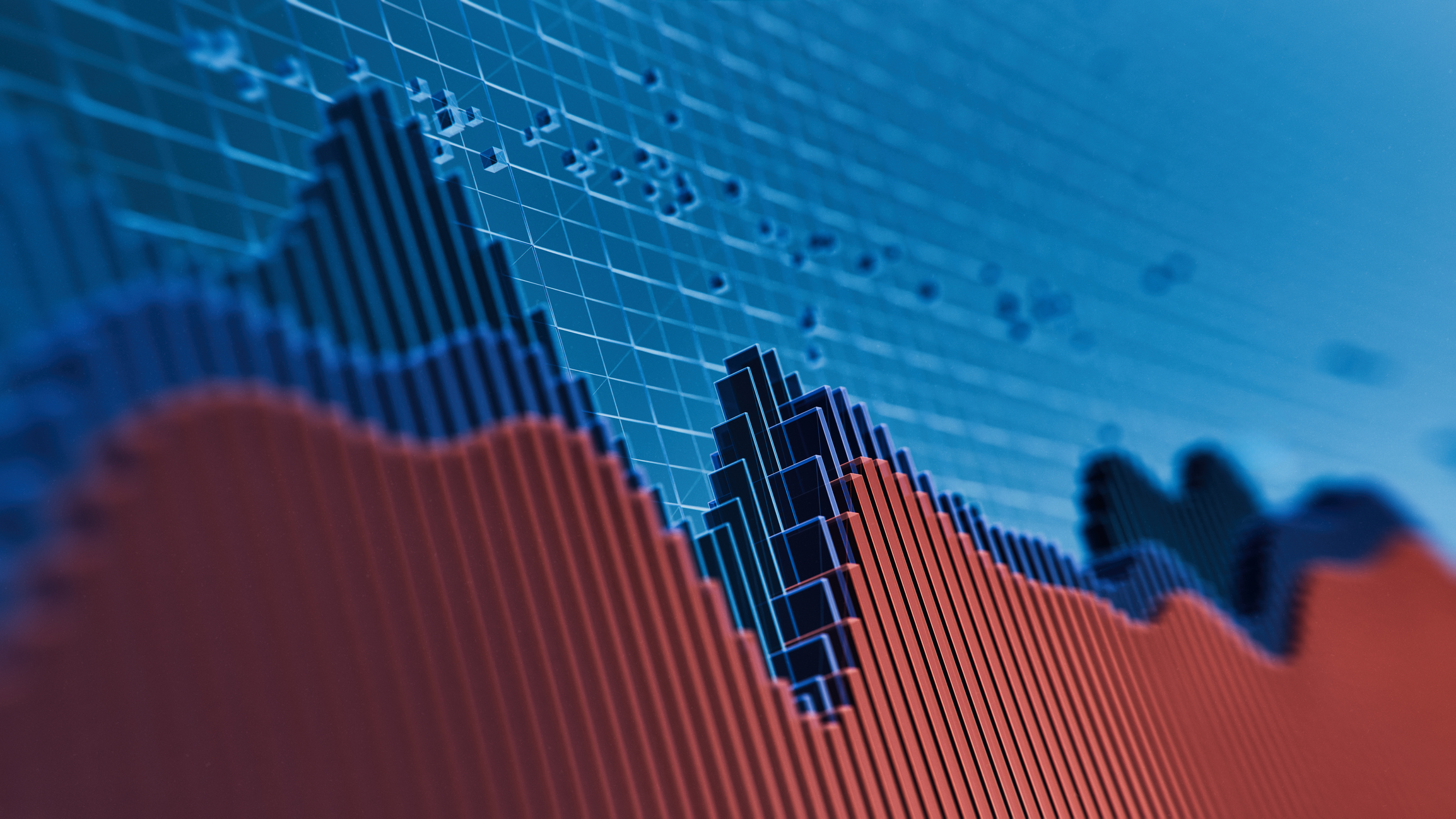The Holy Grail of handbags
As a recent £300,000 sale goes to show, there's serious money to be found in handbags, says Chris Carter.


You might think HK$2.94m (£292,000) is a lot of money to spend on a handbag. And you'd be right. But then again, the Herms matte white Himalaya Niloticus crocodile diamond Birkin 30 with 18-carat white gold and diamond hardware (pictured) is not just any old bag. It is, as Christie's puts it, the "Holy Grail in a handbag collection". No wonder, then, that it broke the record for the most expensive handbag sold at auction on Wednesday last week at the auction house's Hong Kong offices.
That was also good news for the anonymous buyer who bought the same version of the bag last May, also in Hong Kong, for HK$2.33m (£206,000), representing a theoretical £86,000 gain in a year. If you're kicking yourself for missing out, fear not. Christie's in London is selling a Matte White Himalaya Niloticus Crocodile Birkin 35 with palladium hardware on Monday with an estimate of between £60,000 and £80,000 (viewing starts today). Who's knows what it would fetch this time next year?
"Handbags, rather than fine wine, art or other collectables, are going through the roof', say auctioneers, and look like continuing to rise in the future," The Daily Telegraph reports. "Next time your partner says she wants a handbag and the price horrifies you, just think that it may in fact prove to be an investment," Pontus Silfverstolpe, co-founder of collectables website Barnebys, tells the paper. "The value of these bags are linked to their limited availability, the rare quality of their materials, the elegance of their design and the condition they are in and also at times who owned them previously."
Subscribe to MoneyWeek
Subscribe to MoneyWeek today and get your first six magazine issues absolutely FREE

Sign up to Money Morning
Don't miss the latest investment and personal finances news, market analysis, plus money-saving tips with our free twice-daily newsletter
Don't miss the latest investment and personal finances news, market analysis, plus money-saving tips with our free twice-daily newsletter
"Limited availability", however, can be a double-edged sword. While rarity undoubtedly drives up prices, the illiquid nature of collectable assets means prices are dependent on market whims. That means you may struggle to get the price you want if you need to raise cash quickly, particularly when selling fashion items. "Certain brands [of handbag] have longevity," as the Financial Times noted in November, meaning they never go out of style. Others, however, "either suffer the vicissitudes of fashion or the ubiquity of overproduction". Knock-offs are also a problem, having become increasingly sophisticated in recent years.
Still, demand has been robust. The collectable handbag market rose by an average of 7.8% a year between 2004 and 2016, according to Just Collecting's Rare Handbag Index. The best performer in that time was the Chanel 2.55 Medium Classic Flap Bag, which cost $1,500 in 2004, and last year would have set you back $5,000 an increase of 233%. So, rather than eschewing the market altogether, it's perhaps now more important than ever to choose your handbags carefully. See the box on the right for pointers on how to do this.
Tips for bag buyers
Rarity and material, such as crocodile skin, are things to look out for when choosing handbags to invest in. The brand is the other deciding factor, with names such as Herms and Chanel consistently in demand at the pricier end of the auction market. At the lower end, "bags produced by Christian Dior and Louis Vuitton remain strong investments", holding their value well, says the Financial Times.
While examples such as the Herms matte white Himalaya Niloticus crocodile diamond Birkin 30 can sell for hundreds of thousands of pounds, you can start your collection with a far more modest sum, as resale website Vestiaire Collective's product director Sophie Hersan tells Vogue.
For example, Mansur Gavriel is "New York's coolest new label", says Hersan. Its Bucket Bag, which costs £300 new, "sells out each season, making it the perfect style to invest in", while "the soft leathers only get more beautiful over time and the basic nature of this style brings an easy elegance to any casual outfit".
Louis Vuitton's Neverfull bag sits at the entry-level price point of £500 for this ubiquitous luxury brand. Its "monogrammed canvas remains popular and is a great style to start your designer bag collection, with its roomy shape making it practical and timeless".
For another £500 more, the Chanel Timeless "is a fail-proof investment". This is the only bag that increases in retail value each year, says Hersan. A favourite of Kate Moss, Bianca Jagger and Catherine Deneuve, it's "a powerful fashion statement" that, as its name suggests, never goes out of style.
Auctions
Going
The lunar bag that astronaut Neil Armstrong used to collect rock samples during the Apollo 11 moon-landing mission in 1969 is expected to fetch at least $4m at Sotheby's in New York on 20 July. The bag, still containing traces of lunar dust, had been the subject of a legal dispute between Nasa and the seller, lawyer Nancy Carlson. Carlson bought the pouch for $995 in 2015 after it had been mistakenly included in a government online auction, and sent it to Nasa to authenticate it. The American space agency on realising the error seized the bag, but in February, a federal court ordered it to be returned. Carlson has said she plans to donate some of the money to charity.
Gone
Last summer, a sale of space memorabilia at auction house Bonhams in New York raised a total of $1,315,063. Among the lots were 15 casts of the hands of astronauts, including Neil Armstrong and Buzz Aldrin, his fellow Apollo 11 astronaut, which were used by Nasa to tailor-make spacesuit gloves. That single lot sold for $155,000 including buyers' premium ten times the initial estimate. A full-scale test model of the Soviet Union's Sputnik 1, the first manmade satellite in space, fetched $269,000.
Get the latest financial news, insights and expert analysis from our award-winning MoneyWeek team, to help you understand what really matters when it comes to your finances.

Chris Carter spent three glorious years reading English literature on the beautiful Welsh coast at Aberystwyth University. Graduating in 2005, he left for the University of York to specialise in Renaissance literature for his MA, before returning to his native Twickenham, in southwest London. He joined a Richmond-based recruitment company, where he worked with several clients, including the Queen’s bank, Coutts, as well as the super luxury, Dorchester-owned Coworth Park country house hotel, near Ascot in Berkshire.
Then, in 2011, Chris joined MoneyWeek. Initially working as part of the website production team, Chris soon rose to the lofty heights of wealth editor, overseeing MoneyWeek’s Spending It lifestyle section. Chris travels the globe in pursuit of his work, soaking up the local culture and sampling the very finest in cuisine, hotels and resorts for the magazine’s discerning readership. He also enjoys writing his fortnightly page on collectables, delving into the fascinating world of auctions and art, classic cars, coins, watches, wine and whisky investing.
You can follow Chris on Instagram.
-
 How does the Lifetime ISA work? Key LISA rules
How does the Lifetime ISA work? Key LISA rulesWhat is a Lifetime ISA (LISA) and how much could the government bonus boost your savings by? We look at the perks and the pitfalls.
-
 AJ Bell: a fine British fintech going cheap
AJ Bell: a fine British fintech going cheapOpinion Don’t overlook investment platform AJ Bell, a significantly undervalued British business with an excellent financial base